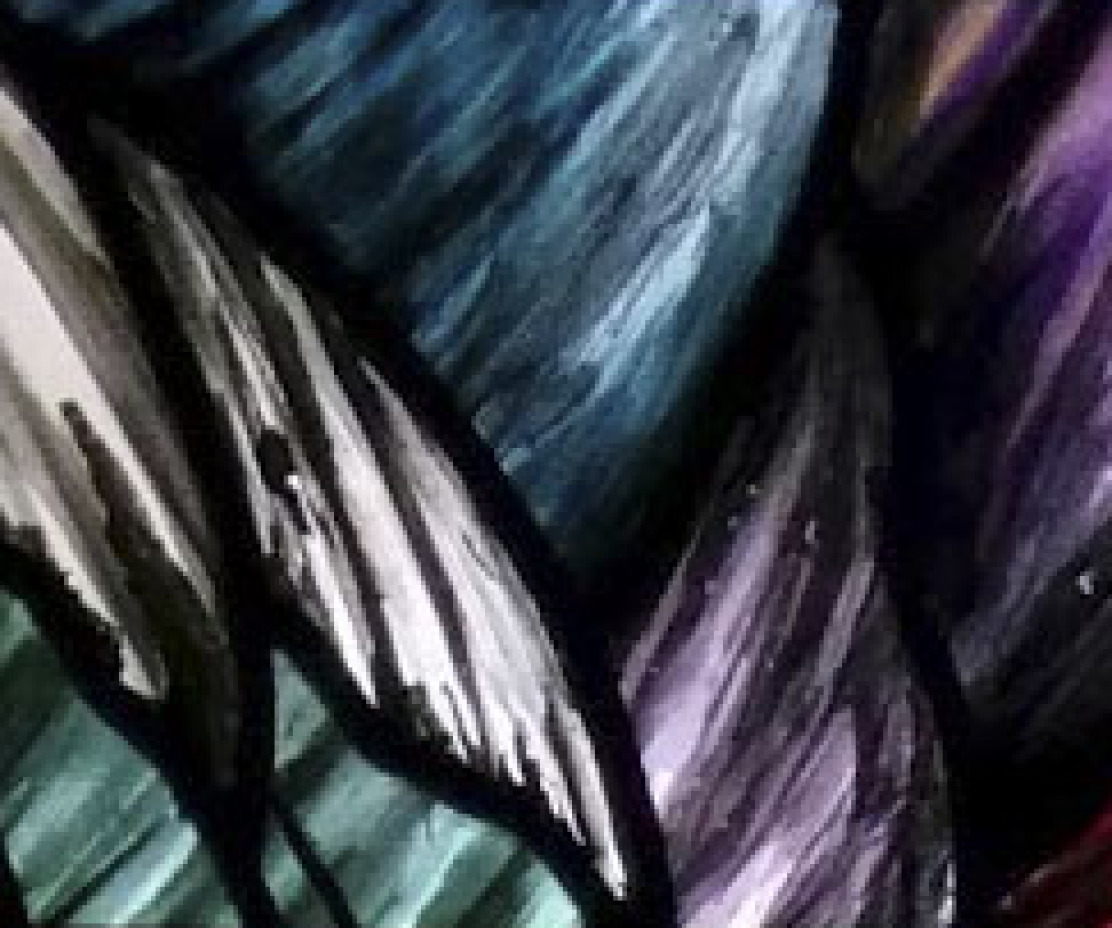The smell of lavender evokes powerful feelings for me. Simply passing a fragrant candle is enough to spark memories and bring a smile to my face on my worst days. That sweet smell can cast away any shadow. You see, lavender is the scent of the baby shampoo we use for my daughter, Hannah.
Our senses can be a powerful means of evoking an emotional response. And this forms the backbone of creating a consistent brand. Create a smell, sound or sight that links to an experience and it becomes possible to evoke that memory again and again. Get that smell, sound or sight out in the world and it can bring people to your door.
This association is part of the core philosophy of branding, the process involved in creating a unique name and image for a product in the consumer’s’ mind. The same techniques apply to the church and how we present ourselves to the world. Creating that association is key. And part of any branding exercise is, of course, having a distinguished and recognizable logo.
Logos tell stories and can create powerful associations for people. In the blink of an eye the Golden Arches or the Nike swoosh are both recognizable and they evoke emotions, memories, and opinions. Just seeing the logo on a billboard can subtly influence your next shoe or dinner decision.
 For congregations, branding can be used to create a recognizable presence in your community. At my previous parish of St. Andrew Memorial, we chose a bold and modern St. Andrew’s cross to communicate that the community was rooted in tradition but has modern relevance.
For congregations, branding can be used to create a recognizable presence in your community. At my previous parish of St. Andrew Memorial, we chose a bold and modern St. Andrew’s cross to communicate that the community was rooted in tradition but has modern relevance.
Once we had our logo, it was critical to put it everywhere. The goal was to make it instantly recognizable to our neighbours and anyone that came in contact with the community. From bulletins to vestry reports, from Web and social media platforms to outdoor signage, the logo permeated all of the parish’s communications.
Any communication, signage, sponsorships or outreach that bore our logo contributed to the emotions or memories evoked by it later on. Seeing the logo sparked a memory about something the church had done – i.e. “oh yah, you are the church with the garden” – or of an experience with it.
Seeing a logo everywhere can lose its appeal to the everyday parishioner or priest, but remember: the logo is not for you, it is about you. It tells your story and helps seekers associate the logo with the essence that is your church. In the end a logo is a symbol meant to convey the enormity of all you wish to communicate about who you are as a community. It speaks of your worship, your outreach and how you interact with the world around you.
Each individual church ought to have its own individual logo. This creates an emotional association with parishioners, neighbours and those that are served. And we are wise to remember that such a simple image can have a profound effect and stir powerful emotions that will help to fulfill the Great Commission.
